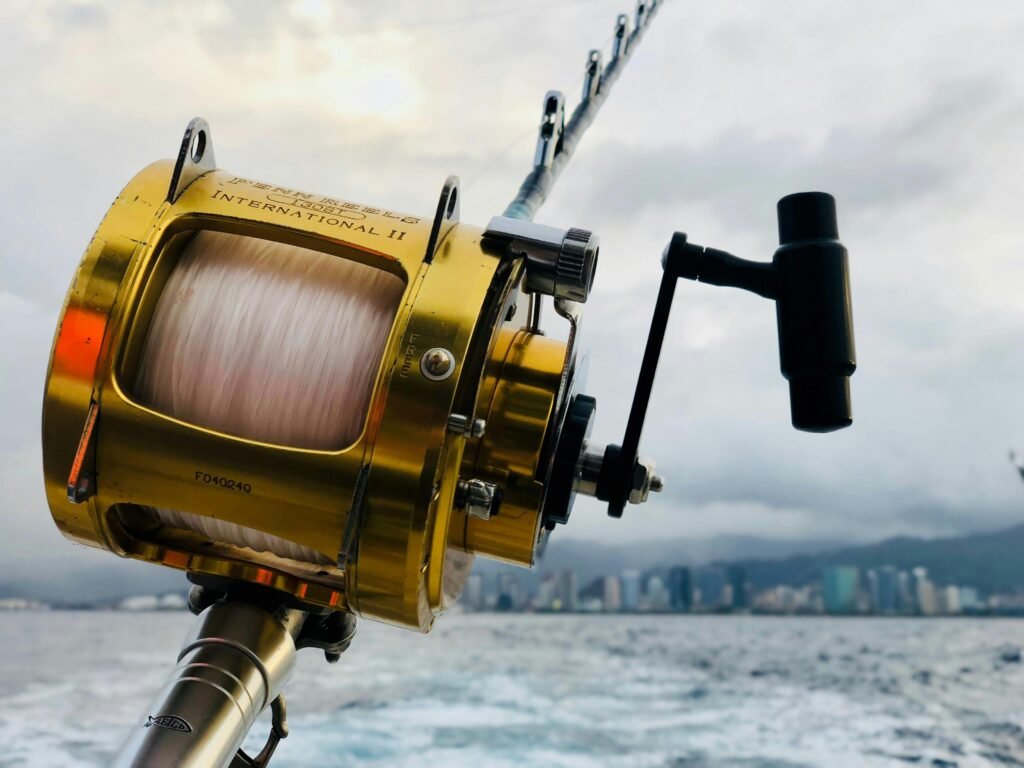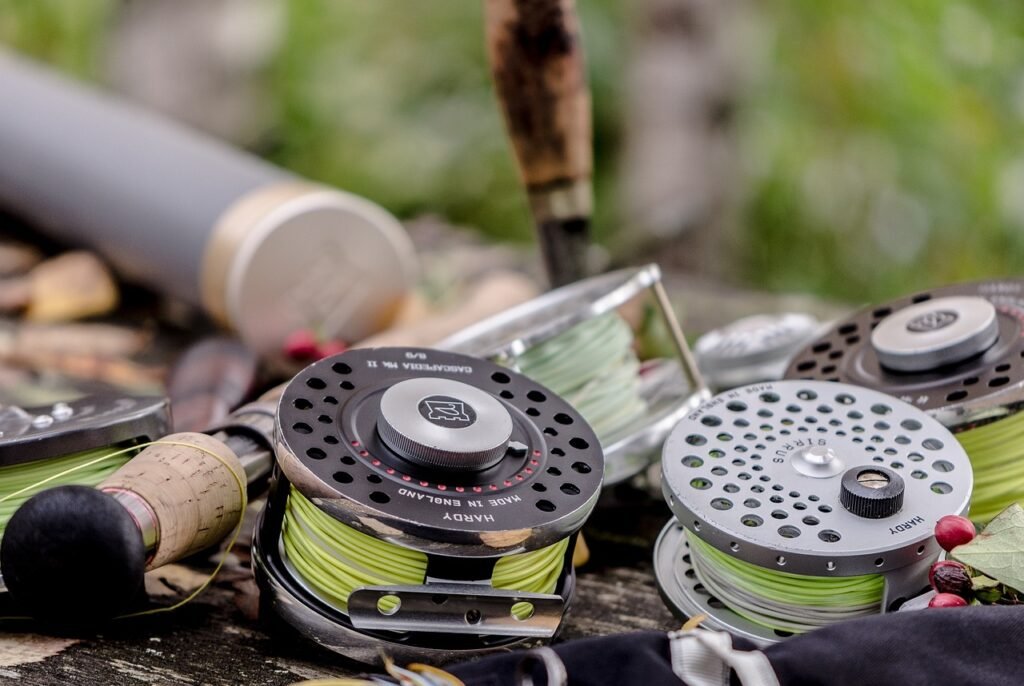Deep sea fishing involves catching fish in waters deeper than 100 feet. This type of fishing typically occurs far from shore. Anglers target larger species that thrive in deep ocean environments. Offshore fishing requires different skills and equipment than coastal fishing.
Beginners should know that deep water fishing demands physical stamina. Strong currents and big fish test endurance. However, proper preparation makes the experience enjoyable. Research local species before planning your trip.
Table of Contents
- Understanding Deep Sea Fishing Basics
- Essential Gear for Offshore Fishing Success
- Choosing the Right Bait and Lures
- Locating Prime Deep Ocean Fishing Spots
- Mastering Offshore Fishing Techniques
- Handling and Landing Big Game Fish
- Safety Tips for Deep Water Fishing
- Understanding Weather and Sea Conditions
- Planning Your Deep Sea Fishing Trip
- Yellow Bird Deep Sea Fishing: A Case Study
- Maintaining Your Offshore Fishing Equipment
- Following Regulations and Conservation Practices
A sturdy rod and reel combo forms the foundation of deep sea fishing gear. Choose saltwater-rated equipment to resist corrosion. Heavy-duty rods handle the power of offshore fish. Reels with smooth drag systems prevent line breaks.
Braided fishing line works best for deeper fishing due to its strength. Monofilament leaders help avoid sharp-toothed fish bites. Additionally, bring a variety of hooks and weights. Waterproof storage protects gear from splashes.
Live bait attracts most predatory fish in deep ocean fishing. Squid, mackerel, and sardines work well. Artificial lures mimic injured fish, triggering strikes. Jigs and poppers are popular for offshore species.
Match bait size to your target fish. Larger tuna need bigger offerings. Conversely, smaller lures catch mahi-mahi. Experiment with colors based on water clarity. Bright hues often perform best in clear conditions.
Fish congregate near underwater structures like reefs or shipwrecks. Use a fish finder to locate these hotspots. Temperature breaks where warm meets cold water attract pelagic species. Birds diving signal baitfish presence below.
Currents carry nutrients that draw smaller fish. Consequently, predators follow these feeding zones. Consult local charts or captains for proven spots. Yellow Bird deep sea fishing charters often share valuable location tips.
Trolling involves dragging lures behind a moving boat. This method covers large areas efficiently. Bottom fishing targets species like grouper near the seafloor. Keep lines vertical for better control.
Kite fishing presents bait on the surface, enticing sailfish. Chunking scatters bait pieces to create feeding frenzies. Adjust techniques based on fish behavior. Patience remains key in deeper fishing.
Keep the rod tip up when fighting large fish. Let the reel drag wear them down. Avoid jerky movements that could snap lines. Use a harness for extra support during long battles.
Gaffs or nets help bring fish aboard safely. Handle toothy species with gloves and pliers. Release non-target species quickly to ensure survival. Proper handling preserves fish quality for eating.
Always wear a life jacket while offshore. Check weather forecasts before departure. Pack a first aid kit and emergency communication devices. Inform someone ashore about your fishing plans.
Stay hydrated and use sunscreen. Secure loose gear to prevent accidents. Monitor fuel levels to avoid stranding. Follow these steps to ensure safe deep water fishing trips.
Calm seas make offshore fishing more enjoyable. Check wave heights and wind speeds regularly. Postpone trips if storms approach. Sudden weather changes require immediate return to shore.
Learn to read cloud formations. Dark cumulus clouds often signal bad weather. Trust your captain’s judgment during rough conditions. Safety outweighs any fishing opportunity.

Book charters early during peak seasons. Compare boat sizes and amenities. Full-day trips increase chances of reaching productive zones. Pack snacks, drinks, and motion sickness remedies.
Ask about provided gear to avoid overpacking. Discuss target species with your captain. Many charters, like Yellow Bird deep sea fishing services, offer expert guidance. Confirm cancellation policies in case of bad weather.
Yellow Bird charters demonstrate successful offshore fishing practices. Their crews know prime Gulf Coast locations. They use quality gear and fresh bait. Clients consistently land trophy fish.
The operation emphasizes sustainable catch-and-release methods. Beginners receive hands-on coaching. Furthermore, their safety record proves reliability. Consider such charters for stress-free experiences.
Rinse reels and rods with freshwater after each use. Salt causes corrosion if left unchecked. Lubricate reel gears annually. Store rods vertically to prevent warping.
Inspect lines for nicks or frays. Replace damaged sections immediately. Dry tackle boxes prevent rust on hooks. Proper care extends gear lifespan for years.
Purchase fishing licenses for your target area. Know size and bag limits for each species. Use circle hooks to minimize gut-hooking fish. Release undersized or protected fish gently.
Avoid overfishing sensitive populations. Participate in tag-and-release programs. Respect marine protected areas. Sustainable practices ensure future deep sea fishing opportunities.














Leave a comment